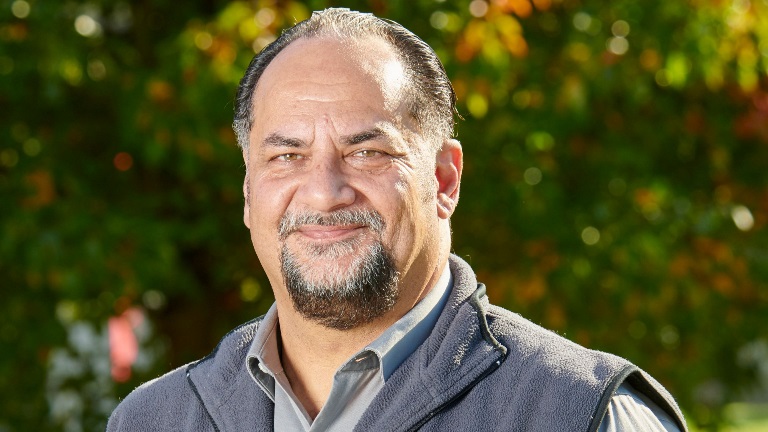A 30-year growth management strategy has identified the cost of infrastructure as the biggest challenge facing the greater Waikato.
Future Proof is a comprehensive plan for growth jointly developed by Waikato District Council, Waipā District Council, Matamata-Piako District Council, Hamilton City Council, Waikato Regional Council, tangata whenua, central government partners and Tamaki Makaurau partners (South Auckland iwi and Auckland Council).
An updated strategy opens for community feedback today, identifying the cost of infrastructure as the biggest challenge for the region.
Independent chair of the Future Proof Implementation Committee, Bill Wasley, says while there is now enough zoned land to cater for growth over the next 30 years, local government simply cannot afford the cost of infrastructure required to develop that land.
“We cannot rate our way out of this. That is the reality and we must talk about it. The funding gap between what infrastructure is needed and what our communities can afford, is stark. The gap is in the hundreds of millions of dollars and is the single biggest challenge this strategy and the sub-region faces,” he said.
The strategy says a “step change” is also needed in how the region manages water and transport, but notes it may be some time before there is clarity on government direction and funding.
“Irrespective of structure, any planning around three waters must seek to reduce demand on our water resource, much of it sourced from the Waikato River which remains at the heart of our planning.”
This is the fourth strategy developed under the Future Proof banner which helps guide key planning decisions across the region. The strategy was last reviewed in 2022 but a further review is required to ensure the Strategy incorporates new regulatory and policy requirements including the National Policy Statement on Urban Development.
“Since government joined the partnership in 2019, our mandate has expanded to focus on other areas including housing, economic development and climate change. We have been nimble in responding to new policies and have strengthened our commitment to reducing carbon emissions and to building greater community resilience, socially and economically.”
Transport remains a key focus, he said with fundamental change needed in how we think about all modes on our transport system.
“Over time, we will need to transform our transport system so it is fit-for-purpose as our region grows. That means a resilient model, offering people more choices including more freight and public transport options.”
Feedback on the updated Future Proof strategy is open until 5pm Monday 19 February with public hearings to be held on Thursday 21 and Friday 22 March.
The draft strategy and details around how to make a submission is available at www.futureproof.org.nz



